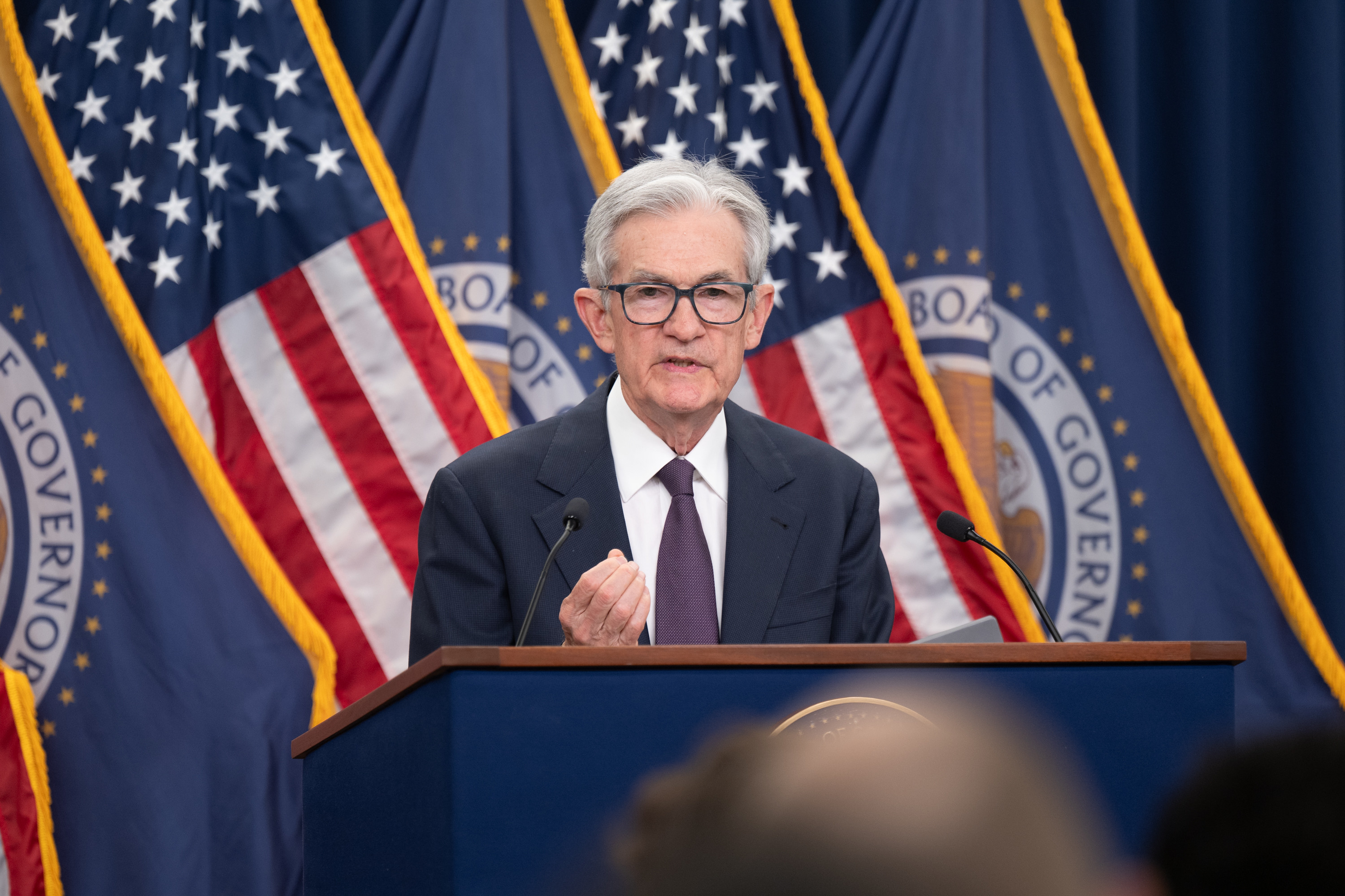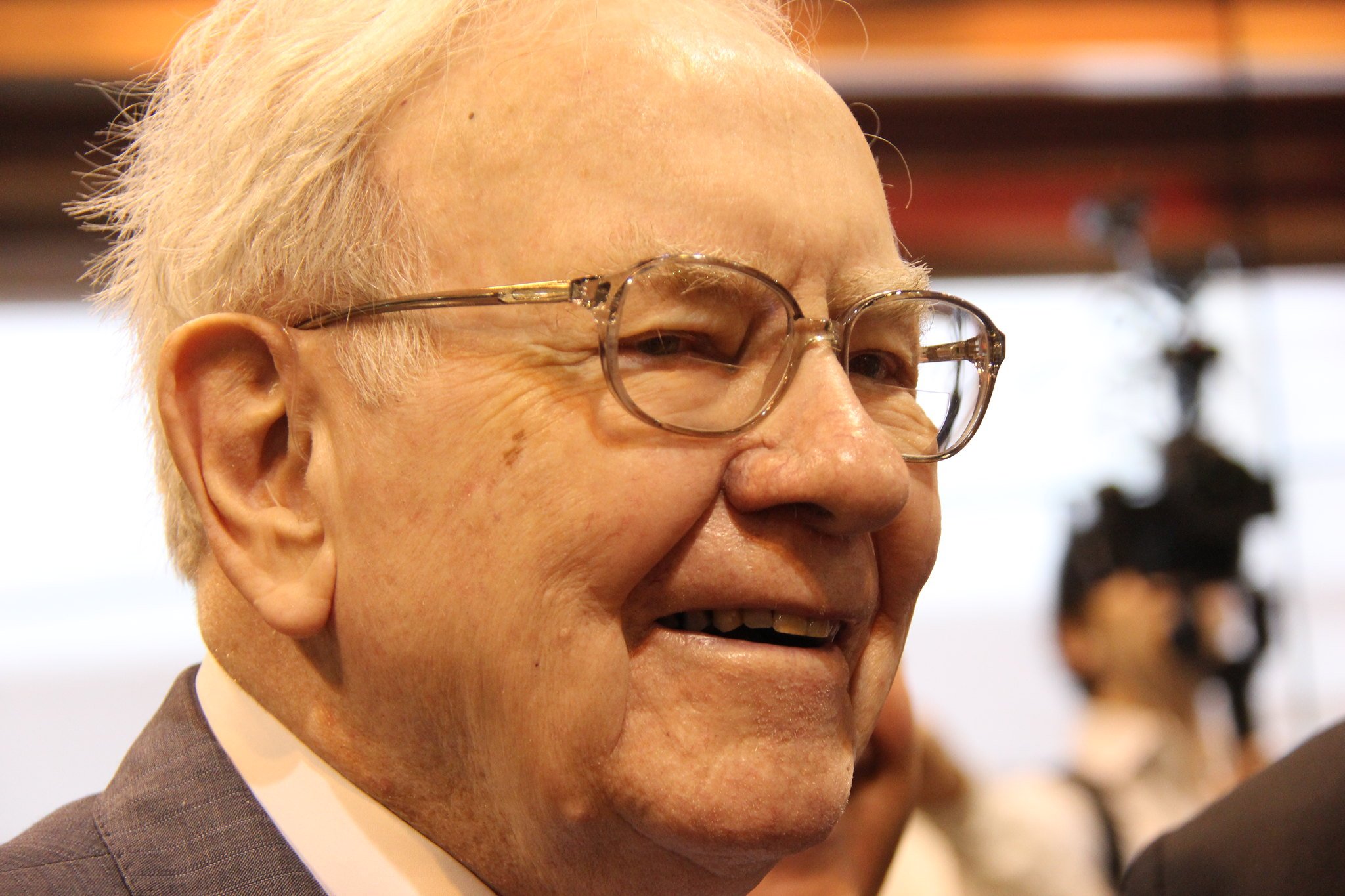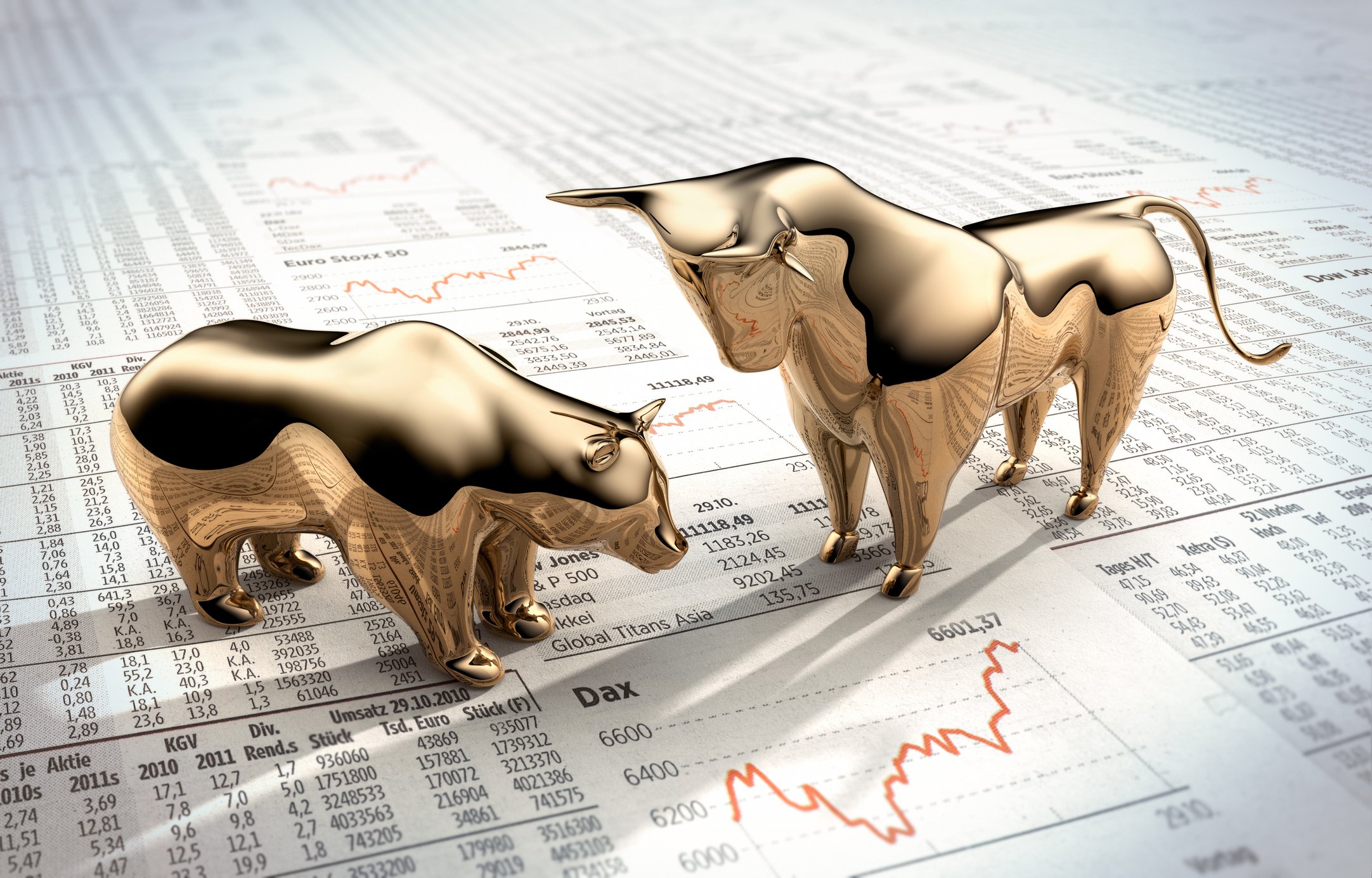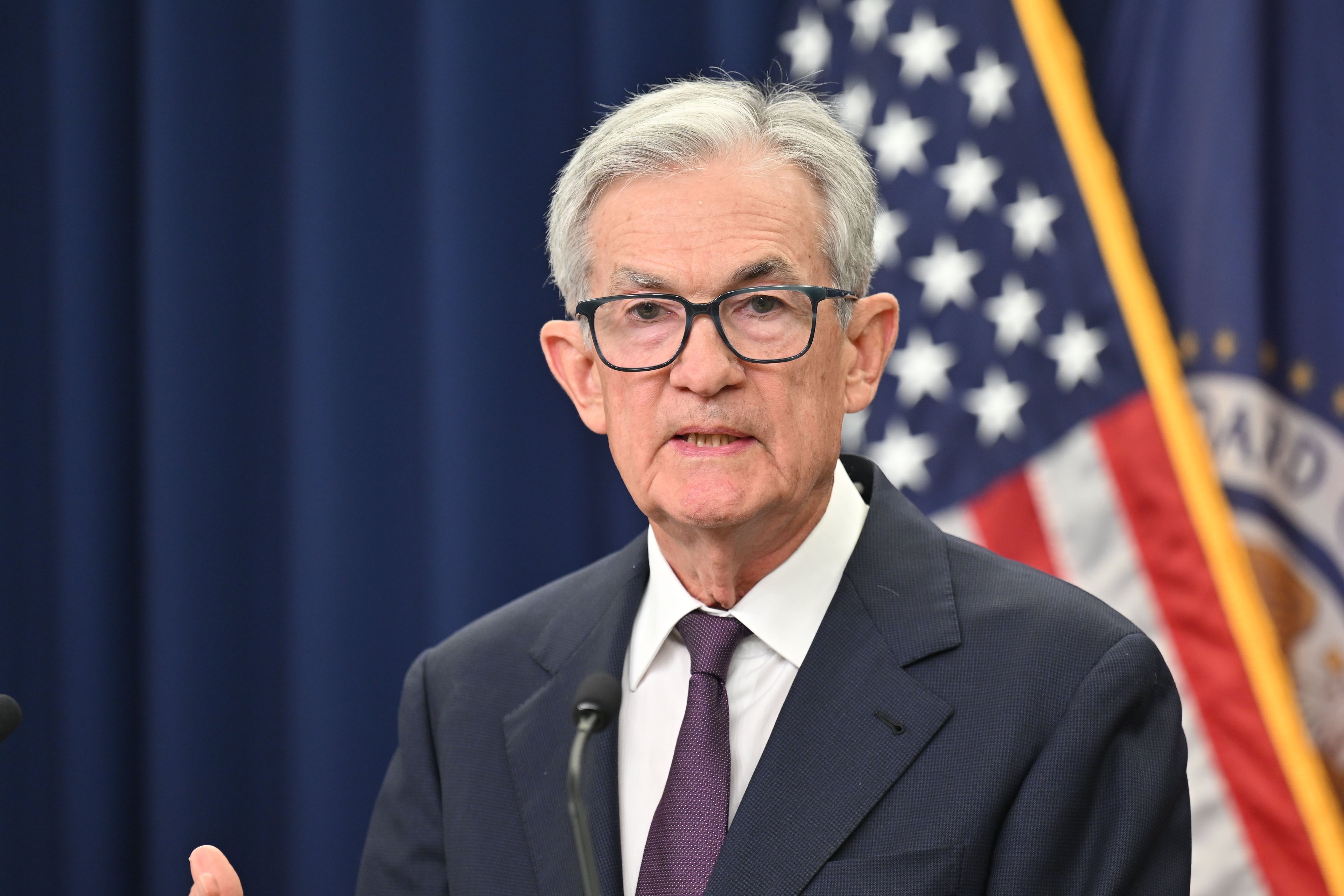
Believe it or not, we're already halfway through 2014. And what a year it's been for stocks. While the S&P 500 (^GSPC 1.07%) is up only 7% over the past six months, the widely tracked index is flirting with previously unthinkable highs.
Six years ago, the market was barreling toward the precipice on the eve of the worst financial crisis since the Great Depression. Today, the S&P 500 sits at 1,960 -- or within a hair's breadth of 2,000.
To appreciate the market's current level, one need only glance at the following chart, which, at least on its surface, seems to foretell challenging times ahead.

But whether or not we're in the midst of yet another bubble is a question for another day. Right now, my point is simply to recognize the 10 best performing stocks on the S&P 500 for the first half of the year.
|
Company |
YTD Performance |
|---|---|
|
Newfield Exploration (NFX +0.00%) |
76.7% |
|
Nabors Industries |
70.8% |
|
Forest Laboratories |
66.2% |
|
Allergan |
56.7% |
|
Electronic Arts |
56.5% |
|
Williams Companies |
54.7% |
|
Pepco Holdings |
46.6% |
|
SanDisk Corp. |
46.5% |
|
Micron Technology |
44.9% |
|
Southwest Airlines (LUV +1.05%) |
44.7% |
Source: Finviz.com.
To be sure, as a recent Yahoo! Finance article points out, the explanation for each of these stocks' performances is varied.
For its part, Newfield Exploration sports the worst five-year total return of the bunch, leading one to conclude that it's retracing previously lost ground.
Meanwhile, two pharmaceutical companies made the list. Forest Laboratories is soaring after agreeing to be acquired by Actavis earlier in the year. Meanwhile, Allergan, the maker of Botox, continues to ride the wave of its signature product's popularity.
And even an airline sneaked on to the list, with Southwest Airlines making the cut at No. 10. Most recently, as my colleague Brian Pacampara discussed, analysts at Stifel upgraded it and gave a $30 price target. That represents a 15% upside and, as Brian points out, "could reflect a sense on Wall Street that the concerns surrounding the airline's growth trajectory are becoming overblown."
So, what does all of this mean for stocks going forward? It's impossible to predict. However, one would be excused for concluding that the current run may end up being too good to be true -- though let's hope this doesn't turn out to be the case.






